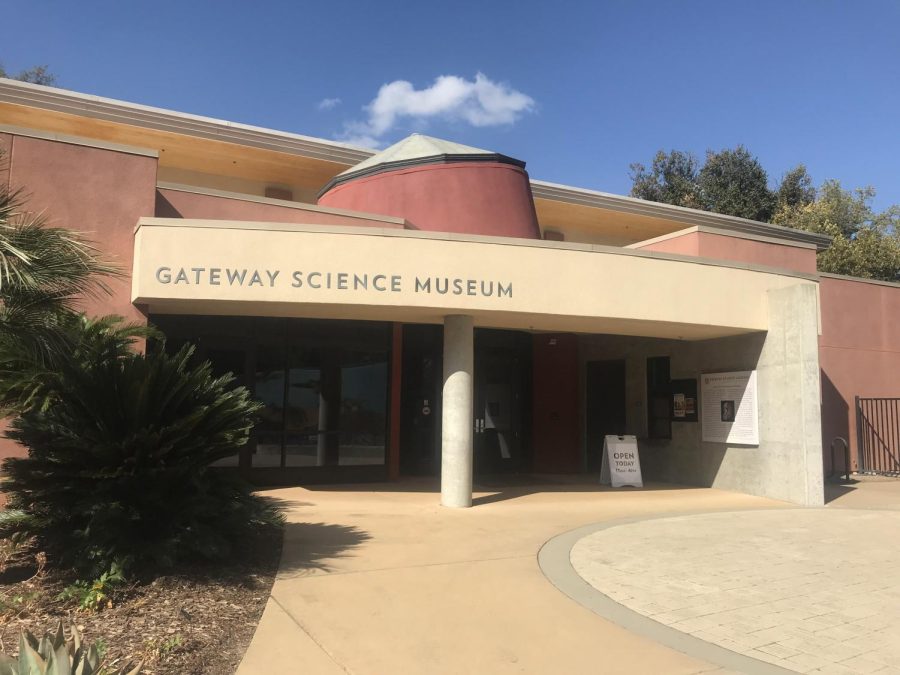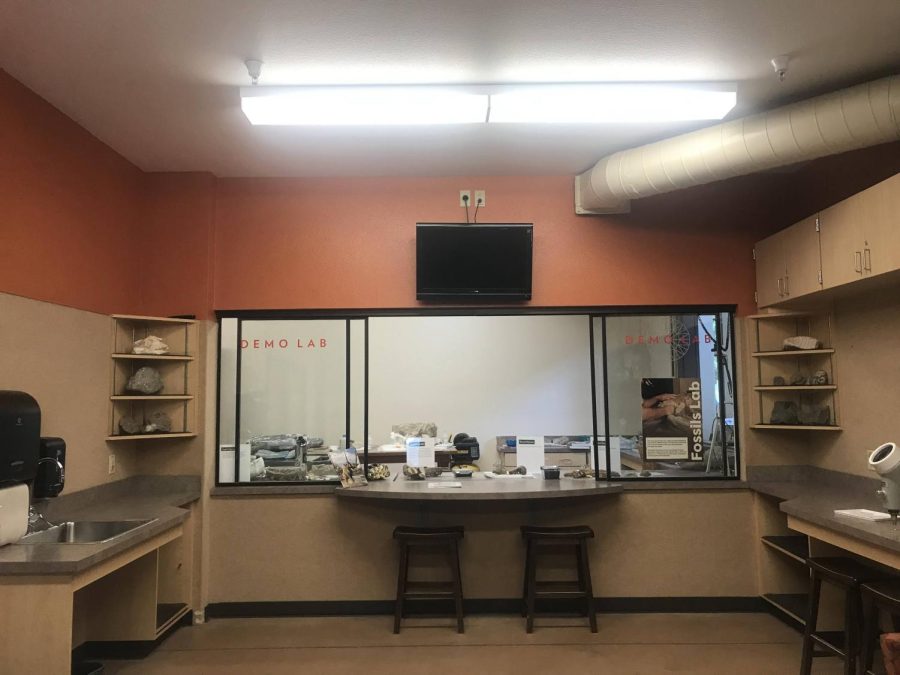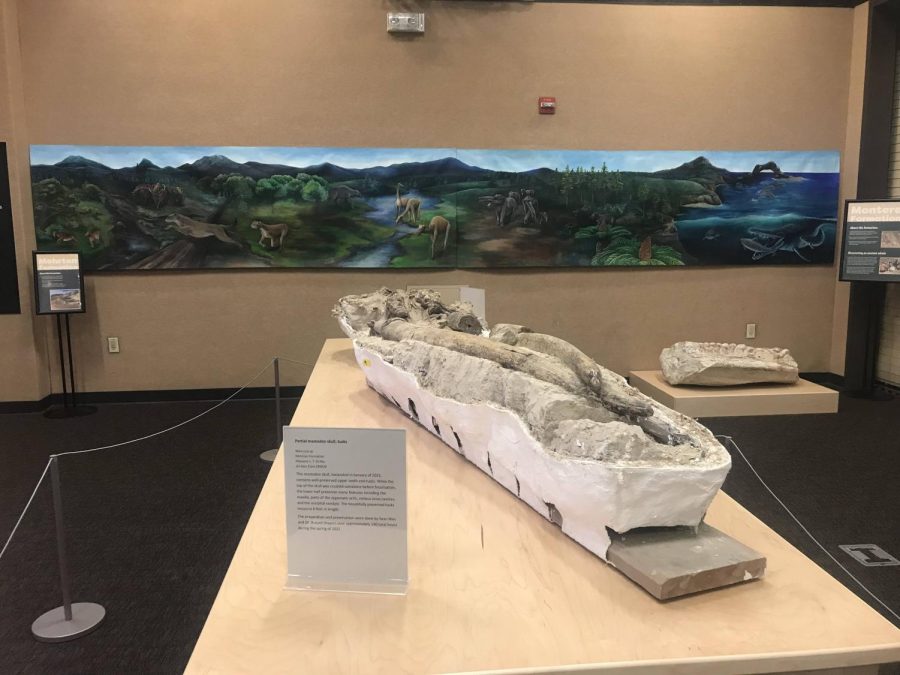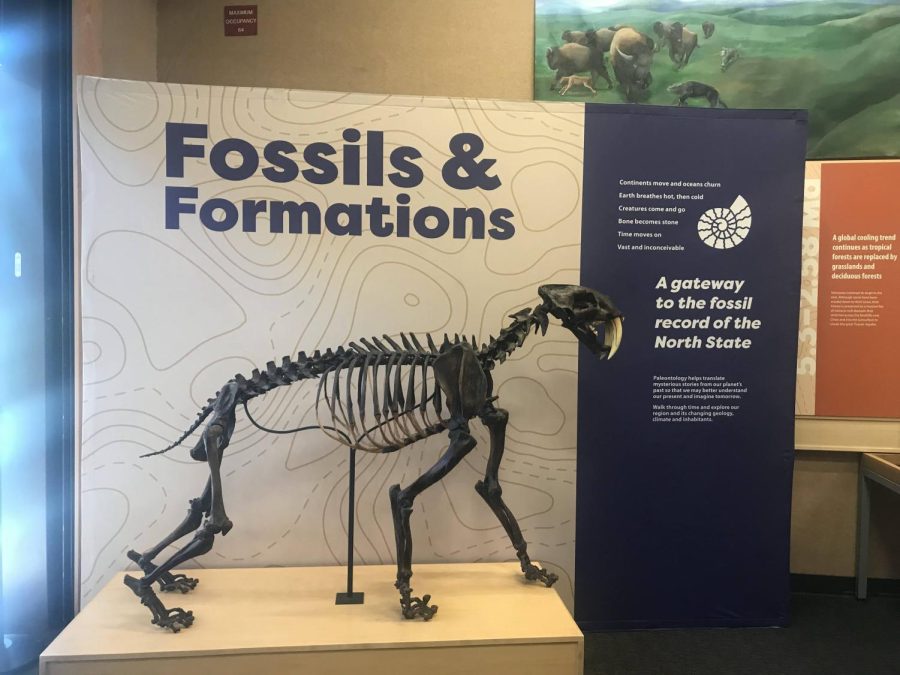Gateway Science Museum’s newest exhibit will open on Oct. 22 and continue through 2022. The exhibit will display remains of countless prehistoric creatures. Attendees will have the opportunity to either attend in-person or virtually via Zoom.
The goal of Gateway Science Museum is to showcase Chico State’s Geological and Environmental Sciences Department and their research, said Executive Director Adrienne McGraw.
“This has always been an exhibit the museum wanted to do,” McGraw said.

This exhibit is all about paleontology. Both Zoom lectures with a range of topics relating to this exhibit and in-person tours at Gateway Science Museum are available. Anyone interested in learning about fossils, the past, or science will gain a newfound understanding of extinct animals and how our world has come to be.
Development for this exhibit began in late 2020. COVID-19 challenged the progress of the museum, with the majority of the creative process occurring via Zoom instead of in person.
Despite the pandemic, Chico State students, faculty and staff within the geological and environmental sciences Department found, excavated and prepped every skull, tooth, rib and fossil.
“These were done partly by Chico State faculty and students and none of the fossils you’ll find in this exhibit are molds or casts,” said Todd Greene, Chair of Chico State’s GEOS department. “They are the real thing.”
“Fossils, Formations, and Extinctions” is unique because it showcases real fossilized bones. This displays the result of a long process and group effort from the College of Natural Sciences and the GEOS department.
This procedure begins with locating the fossils, which can be difficult because only a fraction of the entire fossil is visible. Picks, hammers and other power tools clear the material that is holding the sample in place. A plaster jacket stabilizes the fossil and the material.
When the fossils are ready to transport, they are secured to boards by straps and nails. At the fossil prep room in Gateway, preparation and more delicate work commence removing small fragments from the fossil. Museum visitors can ask questions and watch the onsite paleontologist and student helpers prepare specimens on Fridays from noon-3 p.m.

The process for excavation for this exhibit took around 140 hours. On average, prepping and material removal takes up to 200 hours for some finds. Patience is required to avoid breaking or cracking samples and contributes to hundreds of work hours.
Those that participate in the excavation and preparation processes benefit from the experience, Greene said. The ability to practice and learn skills on how to preserve fossils is valuable. Students get the opportunity to use state of the art tools to clean and prep and be involved in a hands-on experience. In addition, outside experts assist and can share knowledge with them.
Chico State’s GEOS Department offers those interested an opportunity to dive into California’s history, climate, animals and geologic history. The exhibit demonstrates this throughout the display.
Replicas of sabertooth tigers and short-faced bear fossils greet viewers as they enter the exhibit. The layout represents a journey through time, beginning with ancient fossils and ending with more recent finds.
“This exhibit shows the steps taken over time to build up California,” said onsite paleontologist Sean Nies.
Fossils and other artifacts found in Chico and surrounding geographical areas make up the exhibit to show the region’s paleontology.

This feature displays a varied range of biological diversity within the northern region of California, with a lens specifically on Chico.
Lectures that focus on Mastodons, volcanism in the Sierras, mass extinction and Triassic marine reptiles are available to attend throughout October on Wednesdays at 7 p.m., via Zoom.
Although Gateway Science Museum’s “Fossils, Formations, and Extinctions” is not officially open until Oct. 22, guided tours are available beforehand.
Carrington Power can be reached at orionmanagingeditior@gmail.com or @_carringtonp on Twitter.







